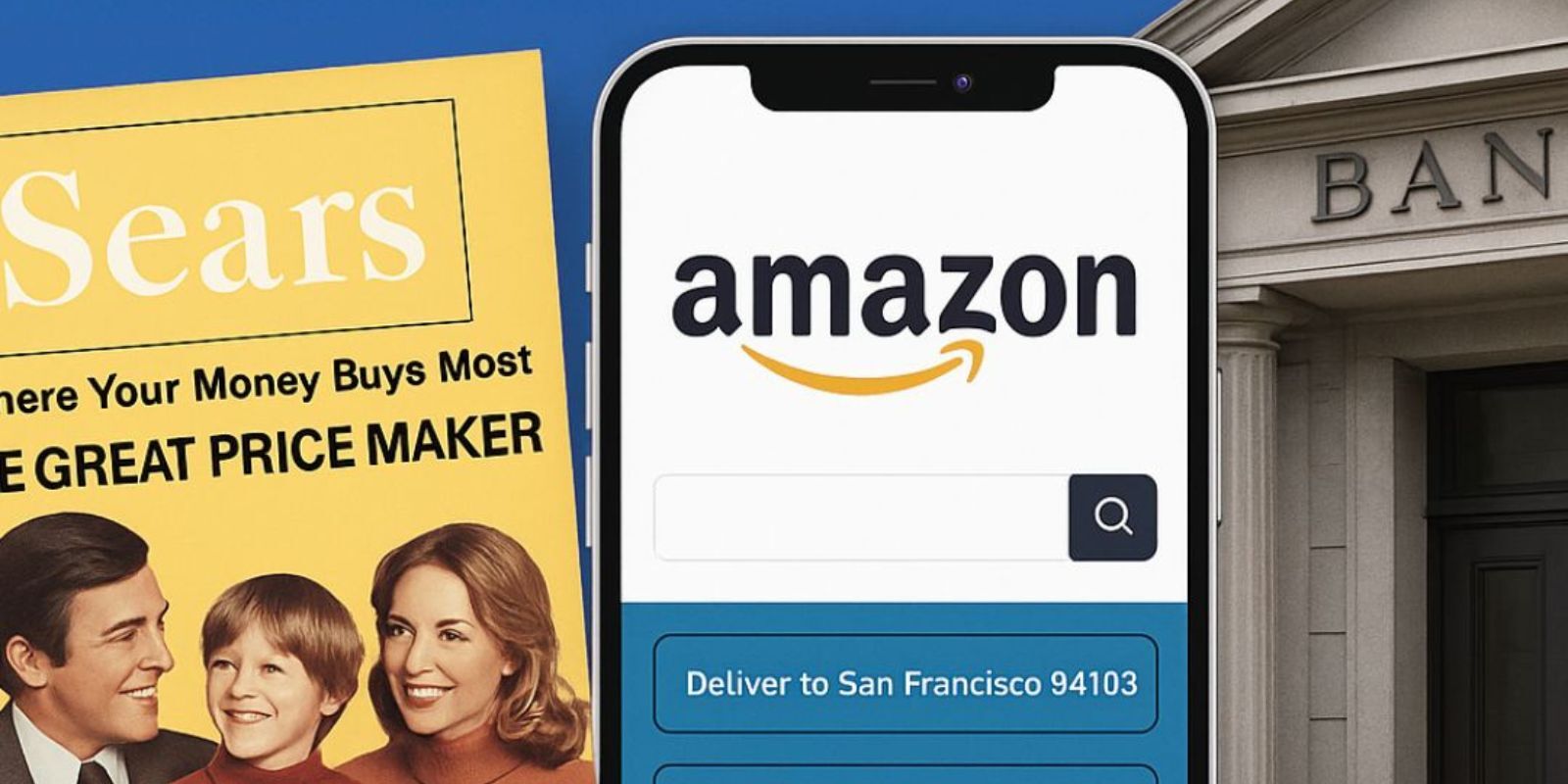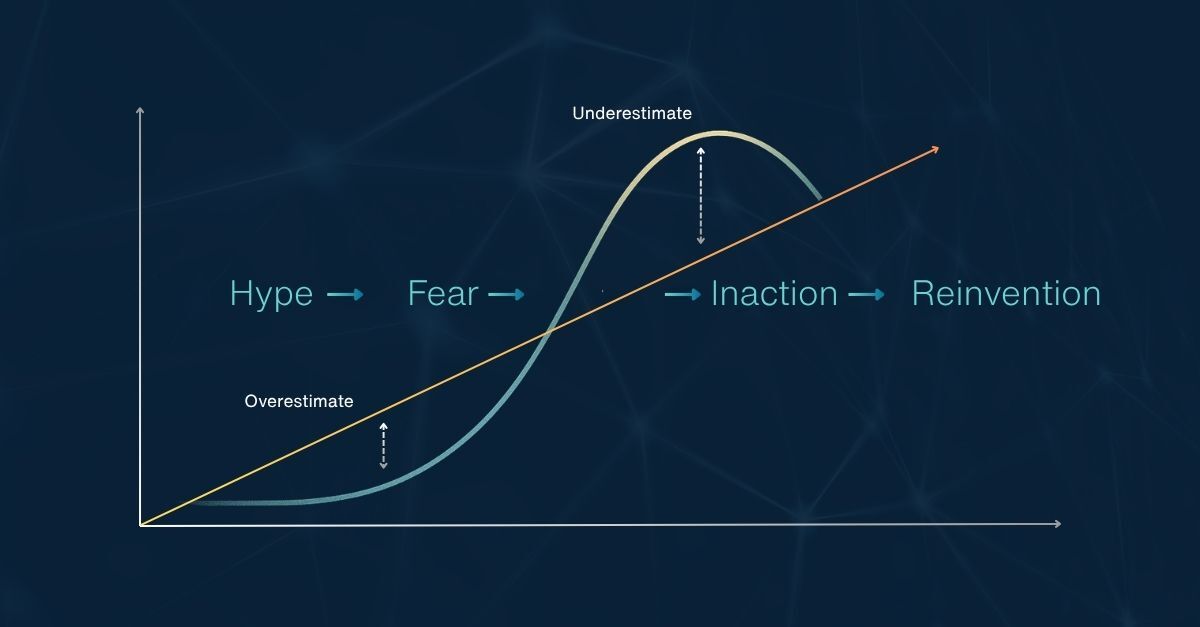Organizational Efficiency in Banking is Not About Downsizing, it’s About Alignment.
After 30 years in this industry, I’ve seen “efficiency” become synonymous with downsizing. Since the early ’90s, when efficiency was only considered...
Navigate this high stakes process with precision.
A solution delivering fast, efficient, and accurate core data.
Digital solutions to grow, scale, and outperform.
Reliable, efficient, and integrated core platforms deliver results.
Select modern communications channels to integrate with core and digital solutions.
Strategic Planning
Support services for the strategic planning process at every level.
M&A Planning
Realize the key value drivers resulting from your merger or acquisition.
Performance Benchmarking
Tailored metrics and benchmarks designed to assess relationships.
Organizational Efficiency
Enhance efficiency across branches, digital channels, and contact centers.
A digital library of industry news, analysis, best practices, and thought leadership tailored to the challenges and opportunities faced by financial institutions.
Our in-depth analysis of conversion strategies, M&A activity, and the evolving landscape of financial services.
A podcast channel for the time-constrained banking professional delivering sharp insights on fintech, strategy, and leadership to help you stay ahead in a fast-changing financial world.
For 360fi Workflow clients only. Sign in to access the workflow library and other guides, forms, and tutorials.
2 min read
 Joe Dugan
:
10/2/25 1:24 PM
Joe Dugan
:
10/2/25 1:24 PM

At one time, Sears was unstoppable. Its name stood alongside America’s industrial greats. It built the tallest building in the world. It sold everything from socks to houses. It did so by mastering logistics and delivering goods directly to the rural consumer’s front door.
Sound familiar. While Sears exists mostly as a memory today, Amazon has thrived by replicating the original Sears delivery model and digitizing it.
Ultimately, Sears died under the weight of its physical infrastructure and its failure to integrate online delivery into a seamless omnichannel experience for its customers. Yet Amazon has pivoted from a digital only delivery model to building physical stores, including grocery stores, bookstores and clothing stores. It is a curious turn of events. The very company that made the mall feel obsolete is now walking back into the marketplace.
For financial institutions, the stakes are real. The number of banks in the U.S. has been contracting at an accelerating rate. According to FDIC data, there were approximately 4,587 FDIC-insured banks at the end of 2023, dropping to 4,487 by December 2024. New bank formation remains nearly flat, while closures and consolidations increase.
Credit unions are not immune to this trend. According to NCUA data, the number of federally insured credit unions declined from 4,604 in Q4 2023 to 4,455 by Q4 2024,a loss of 149 institutions in just one year. Smaller credit unions are especially vulnerable, with many experiencing negative membership growth, particularly those under $50 million in assets.
The lesson is clear: Failing to modernize and integrate physical presence with digital delivery risks making your institution irrelevant.
Meanwhile Amazon surges forward.
What Financial Institutions Must Consider
Branches are not obsolete, but neither are they sacred. Like Sears’ stores, they risk becoming expense anchors if they aren’t connected to a broader digital strategy.
The most successful financial institutions today are asking different questions:
Let’s be clear: many institutions still operate with siloed tech stacks, disconnected business lines, and underfunded innovation budgets. Some still fear that digital channels will cannibalize in-person services. These patterns mirror the same logic that sealed Sears’ fate.
But others are reimagining the roles of their traditional delivery channels (branches, ATMs, call center) within the context of the digital revolution, understanding that presence, whether physical or digital, must serve a coherent experience.
Final Thought: Infrastructure is Not Strategy—But It Can Be
Sears had real estate, and Amazon had code. What matters now is not either asset alone but how it’s used.
Financial institutions must look inward and ask: Are we using our infrastructure, branches, data, and delivery models as a platform for growth? Or as a monument to how we used to work?
Because one of those paths leads to Amazon. The other to Sears.

After 30 years in this industry, I’ve seen “efficiency” become synonymous with downsizing. Since the early ’90s, when efficiency was only considered...

The mixed bag of challenges and opportunities the economy presents in the second half of 2024 is quickly becoming a catalyst for action. Conducting a...

1 min read
Key Takeaways From This Blog: Each wave of innovation, online banking, mobile, now AI, follows the same cycle: hype, hesitation, and eventual...